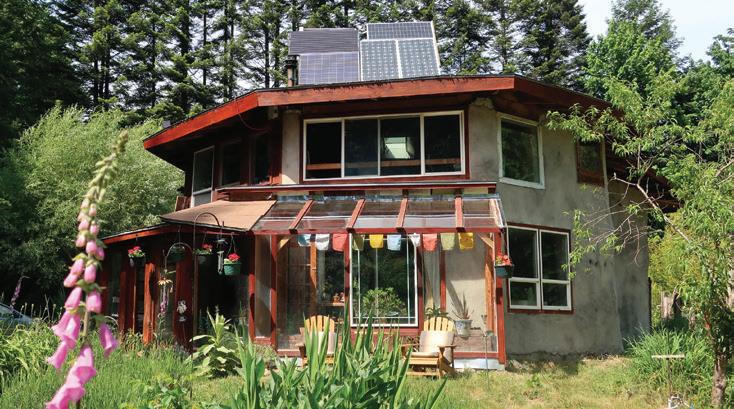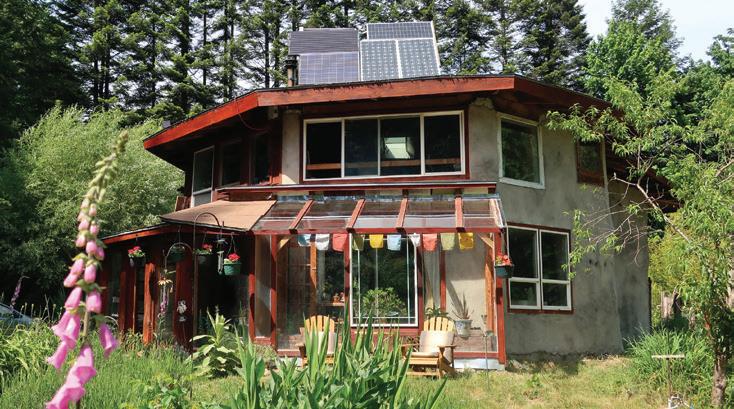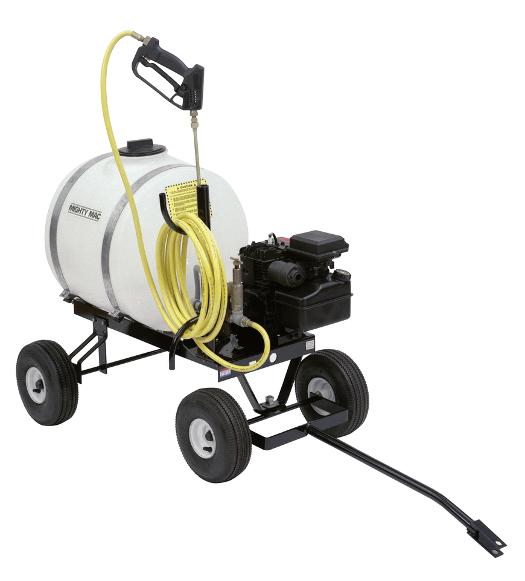
Digging Deep: Building Your Own DIY Root Cellar for Ultimate Food Preservation
For the seasoned homesteader, self-sufficiency isn't just a buzzword – it's a way of life. And at the heart of a thriving homestead lies the ability to preserve the bounty of your harvest, ensuring a steady supply of fresh, nutritious food throughout the year. While canning, freezing, and drying are valuable techniques, nothing quite compares to the natural, energy-efficient preservation offered by a well-built root cellar.
This comprehensive guide will walk you through the process of constructing your own 8' x 10' in-ground root cellar, a project designed for experienced DIYers comfortable with moderate construction tasks. We'll cover everything from site preparation and foundation construction to insulation, ventilation, and finishing touches. Get ready to dig deep and invest in your homestead's long-term food security!

Planning and Preparation: Laying the Groundwork for Success
Before you even pick up a shovel, thorough planning is crucial. This phase involves selecting the ideal location, understanding your soil, and obtaining any necessary permits.
- Site Selection: Choose a location that's relatively level, well-drained, and shaded, preferably on the north side of your home or a stand of trees. Avoid areas prone to flooding or with a high water table. A slight slope is ideal for natural drainage.
- Soil Testing: Conduct a soil test to determine the composition and drainage characteristics of your soil. This will help you understand if you need to amend the soil for proper drainage around the root cellar.
- Permits and Regulations: Research local building codes and regulations. You may need permits for excavation and construction, especially if you're altering the landscape or building a structure. Contact your local building department for specific requirements.
- Gathering Materials: Assemble all the necessary materials before starting construction. This includes concrete mix, reinforcing steel (rebar), high-density foam insulation, rough-hewn cedar planks, drainage gravel, waterproofing membrane, ventilation pipes, a sturdy door, and construction tools.
Step 1: Excavation and Foundation
Mark the Perimeter: Clearly mark the 8' x 10' footprint of your root cellar, plus an additional 2-3 feet around the perimeter for working space.
Excavate the Site: Dig down to the desired depth. For an in-ground cellar, aim for a depth of at least 6-8 feet to maintain a stable temperature. Remember to slope the excavation walls slightly for stability.
Prepare the Base: Level the bottom of the excavation and compact the soil. Add a layer of drainage gravel (4-6 inches thick) to promote drainage away from the foundation.
Pour the Concrete Floor: Construct a concrete form and pour a 4-inch thick concrete floor. Reinforce the concrete with rebar to prevent cracking. Ensure the floor is level and smooth. Let the concrete cure for at least 7 days before proceeding.

Step 2: Wall Construction and Insulation
For this design, we'll be using high-density foam insulation due to its superior thermal performance, ease of installation, and resistance to moisture. While poured concrete is another option, the added cost and labor make foam insulation a more accessible choice for many DIYers.
Frame the Walls: Construct a temporary wooden frame inside the excavation to support the insulation panels.
Install Insulation Panels: Cut the high-density foam insulation panels (6" thick) to fit the walls. Secure the panels to the wooden frame using construction adhesive and mechanical fasteners. Ensure the panels are tightly sealed to prevent air leaks.
Backfill: As you build up the walls, backfill the space between the insulation and the excavated soil with compacted soil. This provides additional support and insulation.
Reinforce the Walls: Add vertical and horizontal supports to the interior of the insulation to prevent bowing or collapsing under the pressure of the surrounding soil. This can be achieved by attaching wooden studs to the insulation panels using construction adhesive and fasteners.

Step 3: Roof and Ceiling
Framing the Roof: Construct a sturdy roof frame using pressure-treated lumber. The roof should be slightly sloped to allow for water runoff. Ensure the frame is strong enough to support the weight of the soil and any potential snow load.
Insulation: Install high-density foam insulation panels on the inside of the roof frame, ensuring a tight seal.
Waterproofing: Cover the roof with a waterproof membrane to prevent water from seeping into the cellar. Overlap the seams of the membrane and seal them with waterproof tape.
Backfilling the Roof: Cover the roof with a layer of soil, creating a natural barrier against temperature fluctuations. Plant grass or other vegetation on the roof to further insulate the cellar and blend it into the surrounding landscape.
Step 4: Door Installation
Build a Reinforced Frame: Construct a sturdy door frame from pressure-treated lumber, ensuring it's sized to fit the doorway opening.
Install the Door: Hang a weather-resistant door within the frame, using heavy-duty hinges. The door should be well-insulated and feature a secure latch to prevent unwanted entry.
Weather Stripping: Install weather stripping around the door frame to create a tight seal and prevent drafts.
Step 5: Ventilation System
Proper ventilation is crucial for maintaining the ideal temperature and humidity levels within the root cellar.
Install Air Intake: Install a 4-inch diameter PVC pipe as an air intake near the floor on one side of the cellar. This allows cool air to enter.
Install Air Outlet: Install a similar 4-inch diameter PVC pipe as an air outlet near the ceiling on the opposite side of the cellar. This allows warm, moist air to escape.
Install Adjustable Dampers: Install adjustable dampers in both ventilation pipes to control the airflow. This allows you to regulate the temperature and humidity levels within the cellar.
Screen the Vents: Cover the ends of the ventilation pipes with screens to prevent insects and rodents from entering.

Step 6: Waterproofing
Waterproofing is essential to prevent moisture from seeping into the root cellar, which can lead to mold and spoilage.
Apply Waterproofing Membrane: Apply a high-quality waterproofing membrane to the exterior walls of the cellar, covering the insulation panels. Overlap the seams of the membrane and seal them with waterproof tape.
Ensure Proper Drainage: Ensure that the surrounding soil is well-drained to prevent water from accumulating around the cellar. Install drainage tiles if necessary to direct water away from the foundation.
Step 7: Finishing Touches and Organization
Interior Finishing: Line the interior walls with rough-hewn cedar planks for aesthetic appeal and added insulation. Cedar is naturally resistant to moisture and decay.
Shelving: Install sturdy shelving to store your fruits and vegetables. Use wooden planks or wire racks to allow for proper air circulation.
Lighting: Install a low-wattage light fixture for occasional use. Avoid using incandescent bulbs, which generate heat.
Organization: Organize your produce according to its storage requirements. Store apples and potatoes in separate bins to prevent ethylene gas from ripening other fruits and vegetables too quickly.

Maintaining Your Root Cellar
- Monitor Temperature and Humidity: Use a thermometer and hygrometer to monitor the temperature and humidity levels inside the cellar. The ideal temperature is between 32°F and 40°F, and the humidity should be between 80% and 90%.
- Adjust Ventilation: Adjust the ventilation dampers as needed to maintain the desired temperature and humidity levels.
- Regular Cleaning: Clean the cellar regularly to remove any mold or debris.
- Inspect for Pests: Inspect the cellar regularly for pests and take appropriate measures to control them.
Expected Lifespan
With proper construction and maintenance, your DIY root cellar should last for decades, providing a reliable and energy-efficient way to preserve your harvest for years to come. This investment in self-sufficiency will not only save you money but also provide you with the peace of mind that comes from knowing you have a secure supply of fresh, nutritious food, regardless of the season.